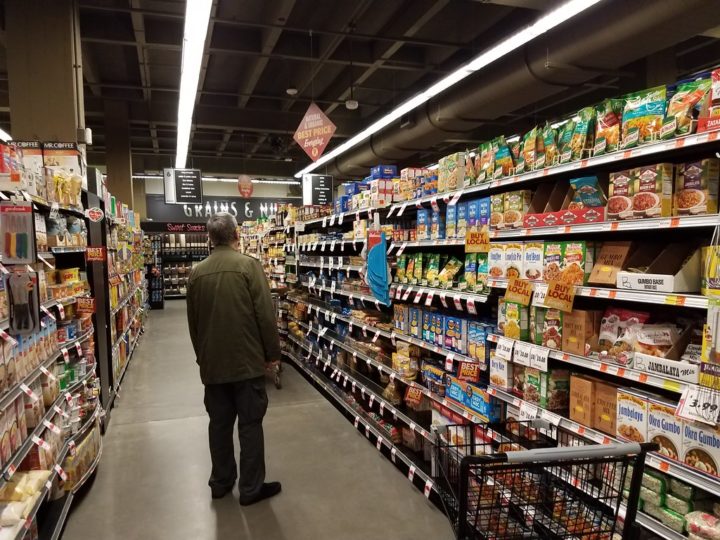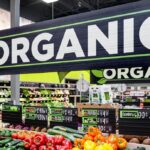
If you can’t find your favorite variety of canned soup, favorite frozen meal, or favorite flavor of soda at your local grocery store, you can blame the coronavirus pandemic.
Or can you?
As shoppers began stocking up earlier this year, several brands cut back or eliminated some of their less-popular products in order to keep more in-demand varieties in stock. But a recently-completed research study says there are other factors at play. If your neighbors are experiencing some financial difficulties, that could affect what you see on your grocery store shelves – because declining income for some, could mean less variety for us all.
That’s the conclusion of “Effects of Income Distribution Changes on Assortment Size in the Mainstream Grocery Channel,” to be published in an upcoming edition of the research journal Management Science. The authors began their work long before the coronavirus, studying the level of income distribution disparity in more than 1,700 counties across the country, and comparing that with the range of products available in grocery stores within each county.
What they found was an interesting correlation – the greater the disparity between the haves and the have-nots in a given community, the fewer products that were available for everyone in that community.
The reason, the study’s authors write, is that people feeling financially-pinched are likely to cut back on their grocery spending, buying fewer items and not splurging on anything beyond the basics. People who are financially flush, in contrast, won’t necessarily buy more groceries. They might spend their extra money somewhere else, even conceivably eating out more and buying fewer groceries.
Since “high-income households will not increase their spending as much as low-income households decrease theirs,” the study’s authors write, retailers are less inclined to offer a large variety of items in areas with larger income disparities, if they know that many of those items will simply never be purchased.
As a result, the researchers found that the total assortment of products – measured by the number of products in a category, the number of different brands, or the number of varieties within a brand – decreased or grew at a slower rate in counties with wider income inequality than in counties where income inequality was less severe.
It’s an interesting discovery, but what does it mean exactly? The authors of the study argue that their research has some practical uses. It may be “especially important for consumer packaged goods (CPG) manufacturers, who have to constantly fight for shelf space,” the study states. “Since retailers frequently add and subtract products from their assortments, manufacturers need to understand what factors drive these shifts so resources can be allocated to either defend distribution coverage in contracting markets or seek new shelf space in expanding markets.”
If a brand introduces a new product, for example, and it flops – that might not be because people didn’t like it. It could be because it was introduced in an area where shoppers had less disposable income and were less inclined to buy it, no matter how great a product it might have been. The findings could also help retailers better plan their assortments, minimize waste and ensure they’re giving their shoppers what they want.
So if you can’t find your favorite product at the grocery store anymore, it may not be the coronavirus that’s to blame. But maybe fewer choices isn’t such a bad thing. A study from Catalina Marketing once found that the average grocery shopper buys just 260 different items a year, out of the average 35,372 items that are available. So there may be such thing as option overload – do you really need dozens of different brands, sizes and scents of laundry detergent, after all?
Either way, whether you like more choices or fewer choices, when it comes to how your neighbors’ financial condition impacts the options available at your local grocery store – you may not have a choice.
Image source: osseous










